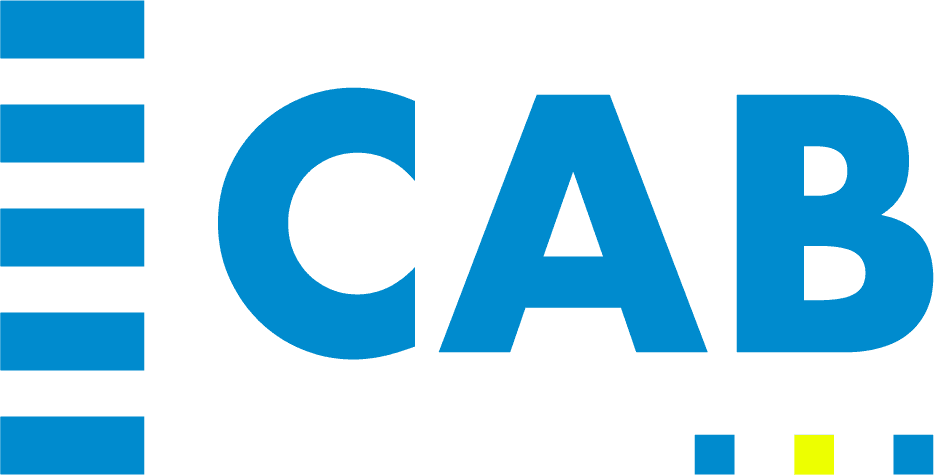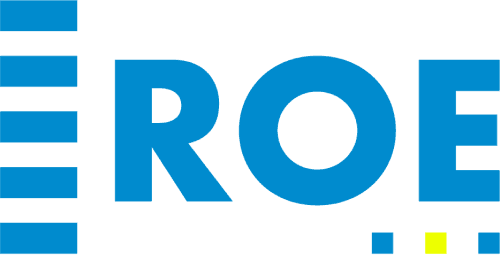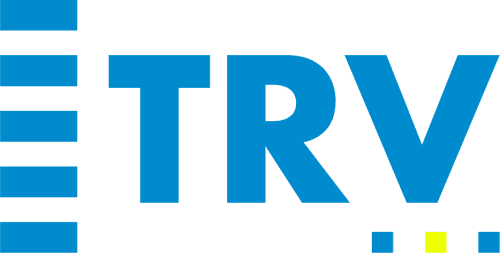
Most of us start the day with a plan, maybe some coffee, a quick glance at the to-do list, or even a burst of optimism. Then it begins. Pings, calls, “quick” check-ins, and before you know it, the day’s gone, and that to-do list looks suspiciously the same.
I used to think improving performance meant adding more. More hours, more hustle, more coffee refills. But it turns out, productivity isn’t about volume. It’s about direction.
A Harvard Business Review study found that companies with highly engaged employees experience 22% higher productivity. And it makes sense because when people feel focused and clear on what matters, they get things done without burning out.
That’s really the secret to how to improve work performance. Not chasing every task, but learning to plan your time like a pilot. Intentionally, calmly, and with your eyes on where you actually want to go.
The Trap of Reactivity
You know that feeling when your day turns into a blur of notifications? Emails, Slack pings, and meeting invites, all demanding attention like you’re the control tower for chaos. It feels like progress because you’re busy, but really, you’re just chasing turbulence.
In aviation, we call that being “behind the airplane.” It’s when you’re reacting instead of flying ahead, always catching up instead of staying in control. And it’s exhausting.
Gallup reported that only 31% of employees were engaged at work in 2024, the lowest level in a decade. No surprise there, actually. It’s hard to feel engaged when you’re stuck in constant reaction mode.
Tim Ferriss once said, “Being busy is a form of laziness — lazy thinking and indiscriminate action.” That one hits. Because if we don’t pause to prioritize, busyness becomes the disguise we wear when we’ve lost direction.
Becoming Proactive
If reactivity keeps you behind the airplane, proactivity puts you firmly in the cockpit. It’s the switch from “what just happened?” to “here’s what’s next.” The goal is simple: set the agenda instead of letting the day do it for you.
That starts small. Block your calendar before it blocks you. Decide what matters most, and give it a time slot that nothing can steal. Build little anchors into your routine. Add a five-minute plan in the morning, or a quick reflection before you log off. Those moments of control compound fast.
Research backs it up, too. A study of more than 100,000 employees found that people with proactive habits perform better, stay more engaged, and grow faster in their careers. It’s not luck. It's a structure for sure.
Stephen Covey said, “The key is not to prioritize what’s on your schedule, but to schedule your priorities.” Once you do, work starts feeling lighter, more deliberate, and completely your own.
Entering the “Default State”
You know those moments when the best ideas come out of nowhere? Maybe while you’re taking a walk, standing in the shower, or halfway through your commute. That’s your brain finally having the space to think clearly.
When you’re not reacting to constant notifications or racing through tasks, your mind slips into what scientists call the default mode network. It’s the brain’s creative engine. The place where connections form, ideas click, and problems quietly untangle themselves in the background.
Neuroscience shows that this mental state boosts planning and creativity. In other words, slowing down actually helps you speed up.
It reminds me of Daniel Kahneman’s work on how our minds process information. He once said, “A reliable way to make people believe in falsehoods is frequent repetition, because familiarity is not easily distinguished from truth.” The takeaway? When your brain finally gets quiet, it starts sorting truth from noise.
If you’ve ever felt stuck under pressure, this state is your reset button. That mental clarity or the ability to zoom out and think ahead, is what helps you perform better.
Practical Ways to Improve Performance
So, if you’ve been wondering how to improve work performance without adding more hours to your day, you should know one little truth. It’s not about hustling harder. It’s about building habits that keep your focus steady and your mind in cruise mode.
Start With Intentional Planning
Every morning, list your top three priorities. That’s it. Just three.
These are the tasks that, if done, make your day a win. It’s easy to get lost in endless to-dos, but clarity gives direction.
Cal Newport, author of Deep Work, says, “Clarity about what matters provides clarity about what does not.” That line alone is worth sticking on your monitor.
Build Rest Into Your Workflow
Your brain isn’t a machine. It needs fuel and pauses.
Short breaks reset your focus and help you think better. Microsoft found that 68% of employees crave more uninterrupted focus time, not more hours. Rest gives you that focus.
Focus on Deep Work
Carve out two to three hours daily for the work that actually moves the needle. Close your inbox, mute notifications, and dive in.
Research shows engaged employees are 17% more productive and 21% more profitable, not because they grind harder, but because they focus deeper.
Reduce Notifications
Your attention is gold. Protect it.
Designate times to check email or scroll. Every ping you skip gives you back a slice of peace and productivity.
Your Flight Plan for Better Performance
Flying steady beats flying fast almost every single time. The goal is to do what matters, with intention. When you switch from reacting to leading your day, focus sharpens, creativity flows, and performance feels lighter.
Manage your time and your mind like a pilot manages altitude. Calmly, purposefully, and with awareness of what’s ahead. That’s where improvement happens.
Tony Robbins said, “Setting goals is the first step in turning the invisible into the visible.” So, chart your course, trust your rhythm, and keep flying steady.
Sources:
HBR: “Employee Engagement Does More.” Accessed 10/06/2025.
Gallup: “Employee Engagement Sinks to Year Low.” Accessed 10/06/2025.
ResearchGate: “Employee Proactivity, Work Engagement, Job Resources, and Service Recovery Performance.” Accessed 10/06/2025.
ScienceDirect: “Default Mode Network and Its Role in Creativity and Planning.” Accessed 10/06/2025.
Microsoft WorkLab: “Work Trend Index – Will AI Fix Work?” Accessed 10/06/2025.
RSI Concepts: “How Performance Management Systems Enhance Employee Engagement.” Accessed 10/06/2025.

Article by
Founder, Think Like a Pilot & GBM6
Bobby Dutton is a professional speaker, entrepreneur, and philanthropist. He's also a licensed commercial pilot and flight instructor -- for fun. Thriving at the intersection of engineering and art, Dutton created GrooveBoston in 2004, built on the statement "Music is No Longer a Spectator Sport." His team (now called GBM6) is about making people happy, through legendary events. Bobby's pioneering work on event design has won him awards internationally, and he was voted one of the "Top 25 Young Event Pros to Watch" by Special Events Magazine. After 20+ years of navigating high-stress situations as a business owner and event producer, Bobby found calm in an unlikely place: in the sky. He now teaches these aviation-inspired decision-making tools to thousands through events, keynotes, and workshops.









